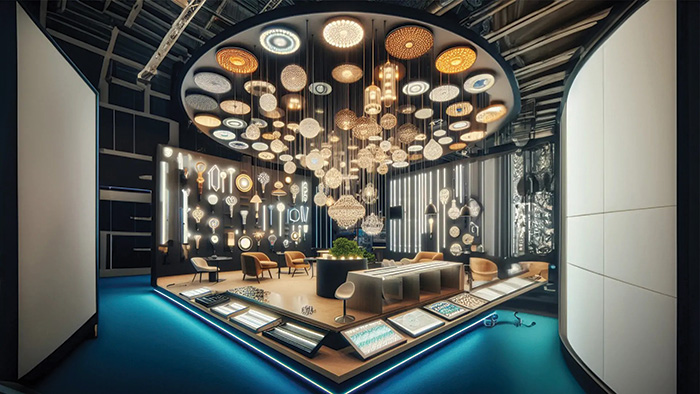Time To See The Light? – The RoHS Ban One Year On

It’s now nearly a year since the Restriction of the Use of Hazardous Substances (RoHS) Directive expanded to cover a ban on the sale of most types of fluorescent lamps. However, take a walk around any office and you will most likely still see them in use. Indeed, according to Watt24, 40% of all companies still use fluorescent lamps.
The clock is ticking to remove them from buildings and replace them with safer energy efficient alternatives. There are a number of reasons businesses should act now.
First, as the deadline for a full phase out approaches costs on other lighting solutions will naturally rise in line with demand. Second, lighting is the second biggest user of energy in any building (second only to heating, cooling and ventilation). Therefore, in these times of global energy concerns and crippling fuel costs, finding cost‑effective ways to reduce levels of electricity consumed by lighting is key to delivering long‑term energy cost reductions and lessening environmental impact. In fact, according to the latest government statistics upgrading from conventional lighting to LED technology can deliver cost savings of up to 80% for a business. Being more selective in lighting use and operating greater controls can add to that saving.
Finally, and perhaps most importantly, it provides an opportunity for building owners to reimagine the lighting in their building to create a more innovative, comfortable and sustainable environment. Planning technology has advanced to such an extent that it is now incredibly quick, easy and cheap to experiment virtually with different ways to design a space’s lighting. Using 3D modelling, owners, designers and facility managers can try a whole range of different lighting solutions. This opens the door to real innovation.
As we all know, the lighting landscape is changing and fast. Building owners are becoming increasingly interested in controlling their lighting, and by adding controls, energy savings are increased even further. End‑users are now also demanding greater performance in terms of light levels, colour rendering and uniformity, and overall aesthetic appeal. Added to this, the development of smart technologies now allow people to move from ‘on wall’ controls, to remote wireless devices, meaning even greater flexibility. At the same time, going greener has become cheaper. The initial costs of LED bulbs, for example, have come down a lot over the past couple of years so that you can expect to see an initial payback in as little as 3‑4 months.

In this way, facility managers shouldn’t see the RoHS Directive as an inconvenience but rather as a great opportunity to overhaul how they light their buildings by leveraging the latest technology. Not only will they likely ultimately save money they will create more attractive, modern spaces.
The RoHS Directive is also a reminder to the lighting industry that the direction of travel is towards tighter and tighter regulations to promote safety and sustainability. A business as usual mentality is not going to cut it. The better approach is to embrace this change and use the banning of fluorescent lamps as a driver of innovation and growth. Working with tech platforms to help building owners, designers, architects and facility managers to create new lighting designs will ultimately drive demand for more complex, smarter lighting products. This will be great news for everyone involved as it will result in better buildings, more sustainability, product diversification for lighting companies and real innovation.


























































